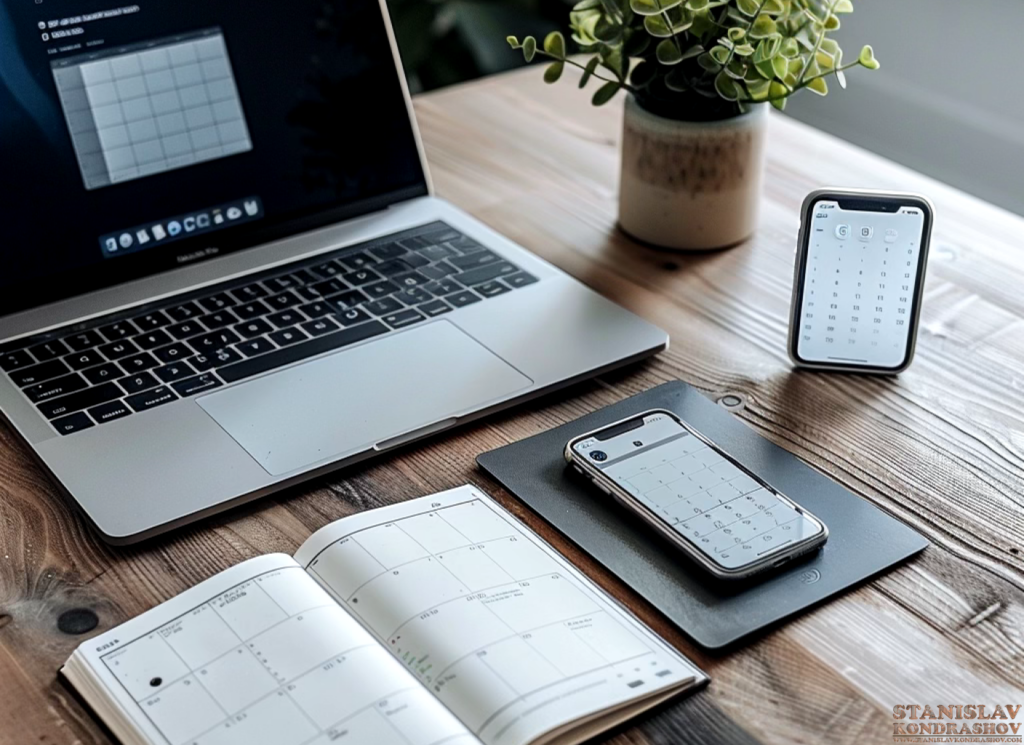Achieving work-life balance has become a central concern for many people in today’s fast-paced world. As technology continues to blur the lines between professional and personal life, finding a sustainable balance is more important than ever. This post explores various strategies that can help individuals manage their responsibilities while still enjoying personal time, ultimately answering the question: can we have it all?

Embracing Flexibility
One of the key strategies for achieving work-life balance is embracing flexibility. Flexible work arrangements, such as remote work, flexible hours, and compressed workweeks, allow individuals to tailor their work schedules to fit their personal lives. This flexibility can reduce stress, increase job satisfaction, and improve overall well-being.
Remote Work: The rise of remote work has made it possible for employees to work from anywhere, providing greater control over their schedules. This can lead to better management of personal responsibilities, such as childcare and household chores, while maintaining professional productivity.
Flexible Hours: Allowing employees to choose their working hours can lead to a more balanced lifestyle. By working during their most productive times, individuals can maximize efficiency and free up time for personal activities.
Compressed Workweeks: Working longer hours on fewer days can provide extended periods of personal time. This arrangement can help individuals recharge and spend quality time with family and friends without sacrificing their professional obligations.

Setting Boundaries
Setting clear boundaries between work and personal life is essential for maintaining balance. Establishing designated workspaces and times can help prevent work from encroaching on personal time.
Designated Workspaces: Creating a specific area for work can help mentally separate professional tasks from personal life. This physical separation can improve focus during work hours and relaxation during personal time.
Scheduled Breaks: Regularly scheduled breaks can prevent burnout and increase productivity. Taking time to rest and recharge during the day can lead to a more balanced and effective work-life routine.
Offline Hours: Setting boundaries around when to be offline can help protect personal time. Turning off work notifications after hours ensures that personal time is uninterrupted and fully enjoyed.
Prioritizing Well-Being
Prioritizing mental and physical well-being is crucial for achieving work-life balance. Incorporating wellness practices into daily routines can lead to a healthier, more balanced life.
Exercise and Nutrition: Regular physical activity and a healthy diet can improve energy levels, reduce stress, and enhance overall well-being. Making time for exercise and nutritious meals should be a priority.
Mindfulness and Relaxation: Practices such as meditation, yoga, and deep breathing can help manage stress and improve mental clarity. Incorporating these activities into daily routines can create a more balanced and peaceful life.
Adequate Sleep: Ensuring sufficient sleep is vital for physical and mental health. A consistent sleep schedule can lead to better focus, improved mood, and increased productivity.

Leveraging Technology
Technology can be both a challenge and a solution for work-life balance. When used effectively, it can enhance productivity and provide tools to manage time more efficiently.
Productivity Apps: Utilizing productivity apps can help organize tasks, set reminders, and manage time. These tools can streamline workflows and free up personal time.
Communication Tools: Effective use of communication tools can reduce the need for constant connectivity. Scheduling meetings and setting clear expectations for communication can prevent work from intruding on personal time.
Automation: Automating repetitive tasks can save time and reduce workload. By leveraging technology to handle routine activities, individuals can focus on more meaningful and personal pursuits.
Achieving work-life balance in the future will require a combination of flexibility, boundary-setting, prioritization of well-being, and smart use of technology. By adopting these strategies, individuals can create a harmonious blend of professional and personal life, proving that it is indeed possible to have it all.
By Stanislav Kondrashov



